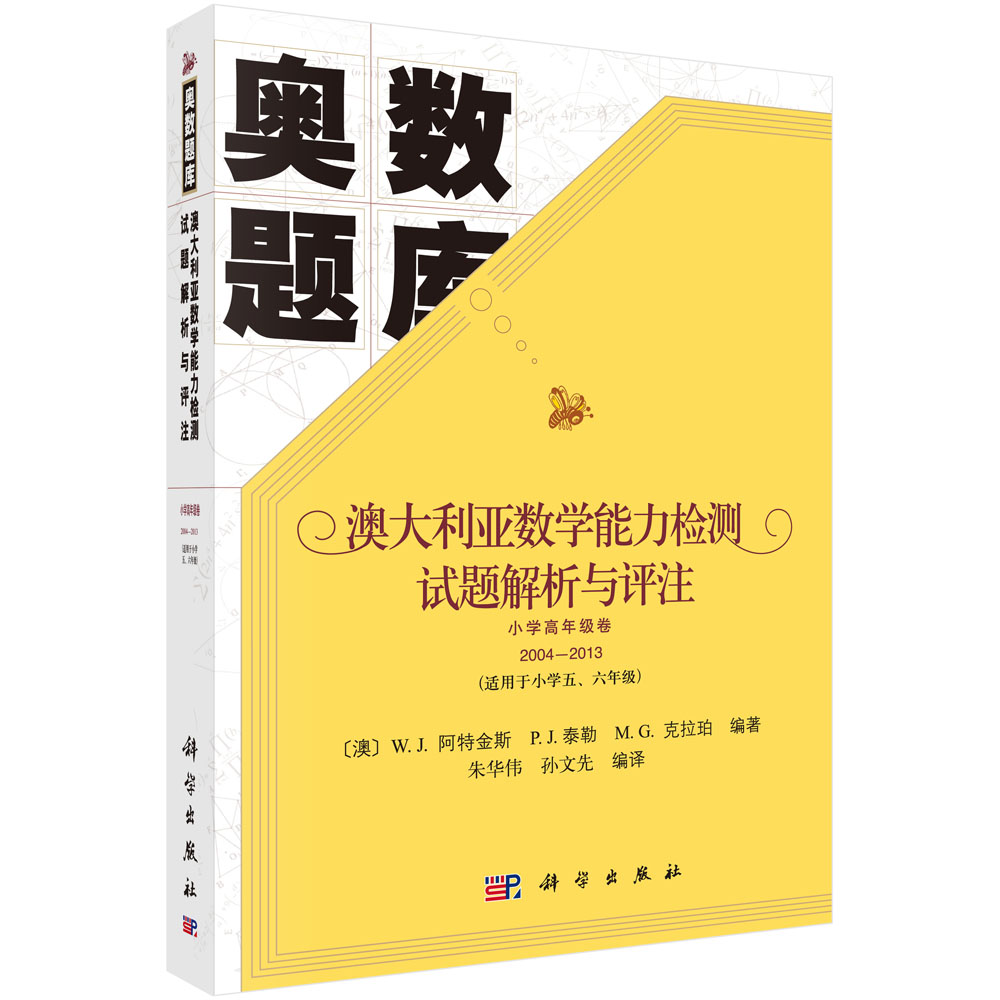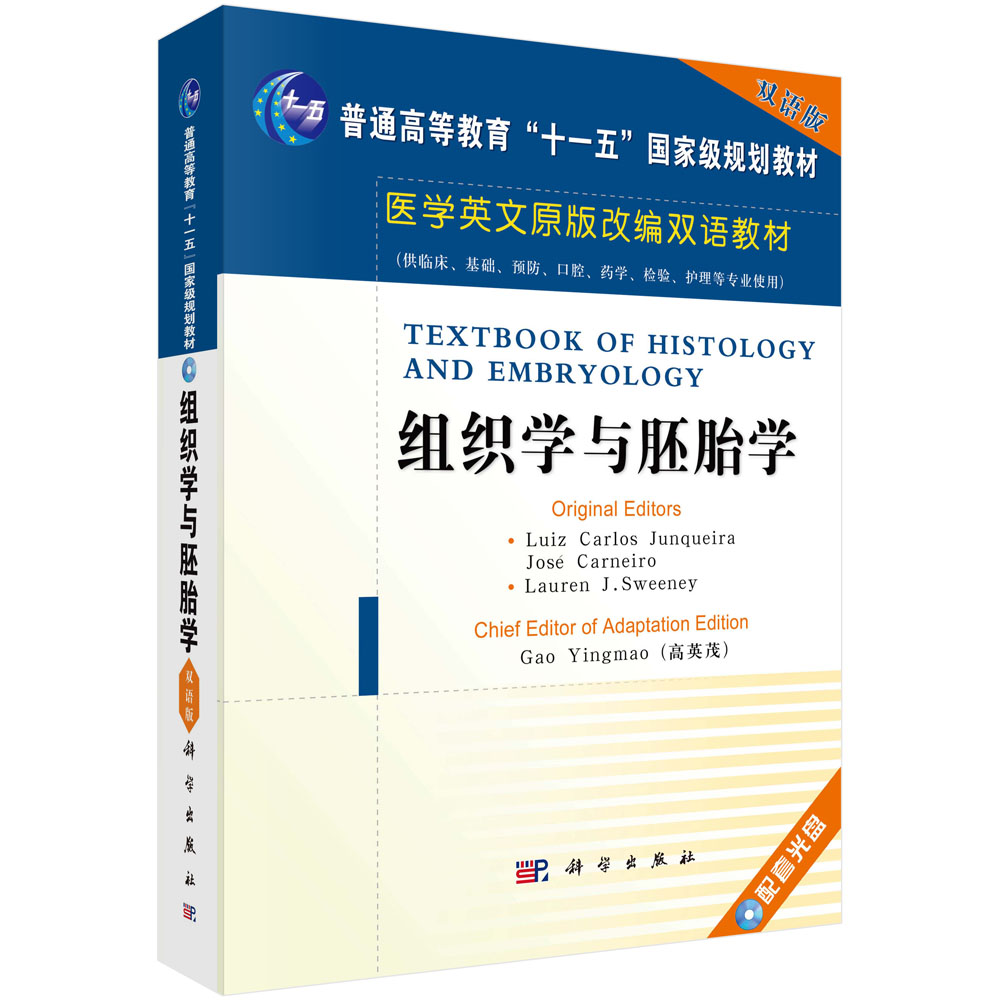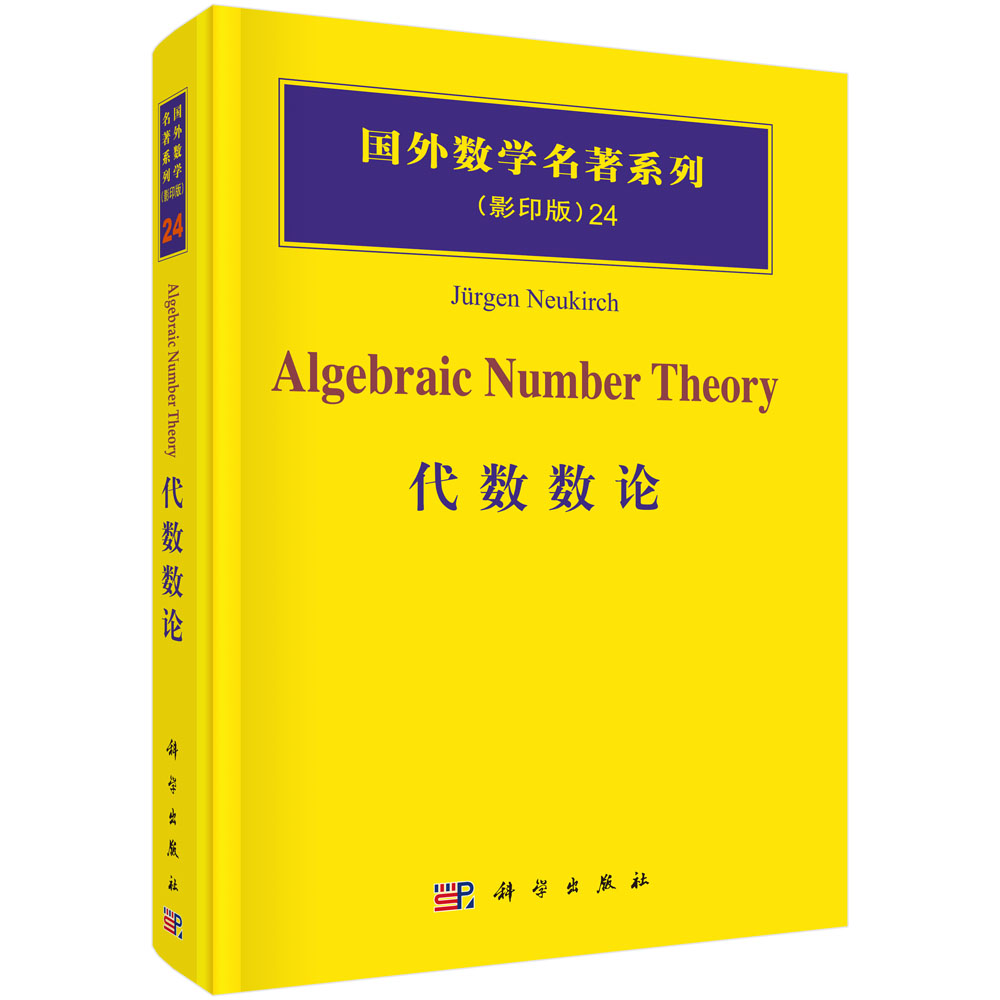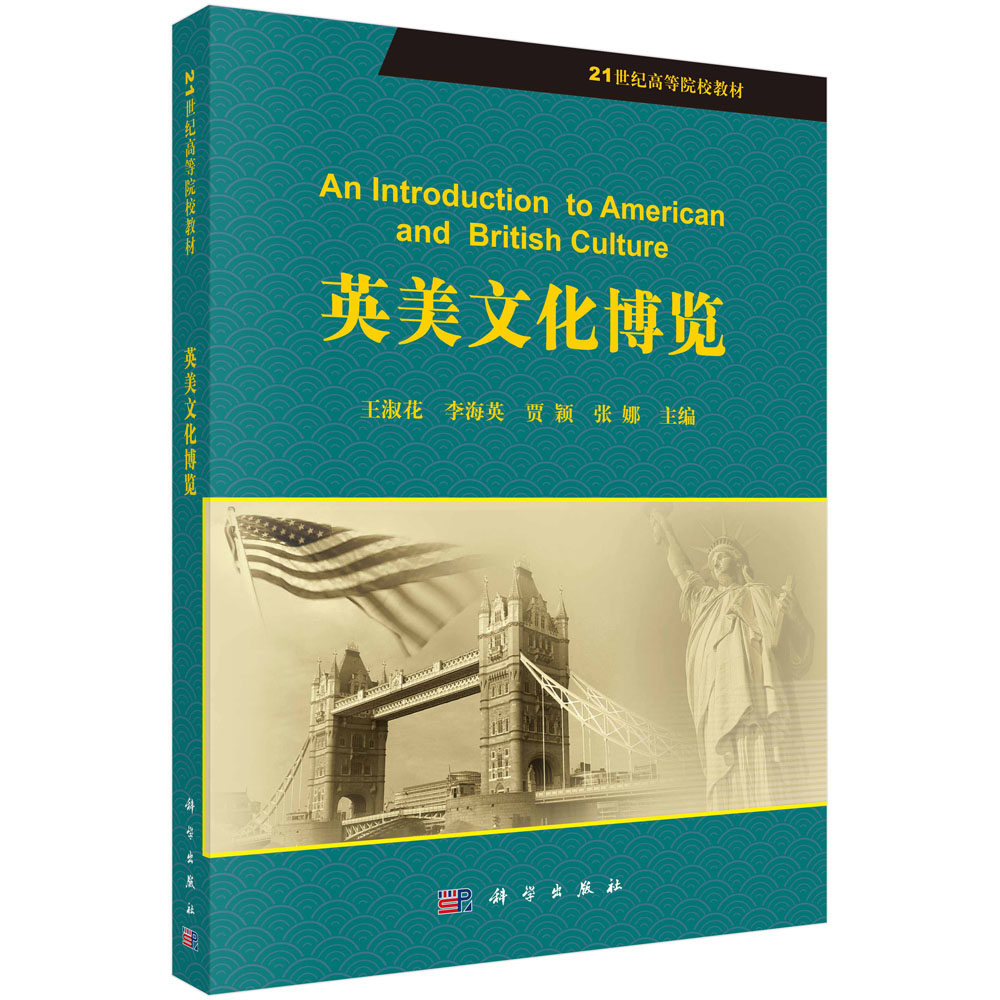本书包含三条主线:Bose-Einstein凝聚体(BEC),超流体和超导电性。书中首先建立专题的概念,然后介绍必要的数学方法。本书从三个主题中最简单的BEC开始,首先全面回顾了Bose-Einstein理想气体的基础,然后详述了磁捕陷于原子冷却技术和稀化原子气体中的BEC。4He中的超流性较难理解,因为它是强相互作用量子流体。本书介绍了超流性的主要物理现象,以及如何从宏观量子相干性与非对角长程序的主要概念得出超流现象。超导电性的理论分布加以阐述:先讨论较简单的London和Ginzberg Landau理论及其主要应用,然后推导量子相干态的数学概念和Bardeen-Cooper-Shridffer(BCS)理论。最后一章涉及比较高深的话题,包括3He超流和特异超导体中的非常规Cooper对的证据。本书不需要读者具备来了那工资多体理论的知识,必要的数学概念会在需要处予以介绍。
样章试读
目录
- 目录
1 Bose-Einstein凝聚体 1
1.1 引言 1
1.2 Bose-Einstein统计 2
1.3 Bose-Einstein凝聚 6
1.4 超冷原子气体中的BEC 10
进一步阅读材料 17
习题 18
2 超流4 He 21
2.1 引言 21
2.2 经典与量子流体 22
2.3 宏观波函数 26
2.4 2 He 的超流性 27
2.5 环流量子化与涡旋 30
2.6 动量分布 34
2.7 准粒子激发 38
2.8 小结 43
进一步阅读材料 43
习题 44
3 超导电性 47
3.1 引言 47
3.2 金属中的导电 47
3.3 超导材料 49
3.4 零电阻率 51
3.5 Meissner-Ochsenfeld效应 54
3.6 完全抗磁性 55
3.7 第I类与第II类超导电性 57
3.8 London方程 58
3.9 London涡旋 62
进一步阅读材料 64
习题 64
4 Ginzburg-Landau模型 67
4.1 引言 67
4.2 凝聚能 67
4.3 体相变的Ginzburg-Landau理论 71
4.4 非均匀体系的Ginzburg-Landau理论 74
4.5 超导体的表面 76
4.6 磁场下的Ginzburg-Landau理论 77
4.7 规范对称性与对称性破缺 79
4.8 磁通量子化 81
4.9 Abrikosov磁通格子 83
4.10 热涨落 89
4.11 涡旋物质 93
4.12 小结 94
进一步阅读材料 94
习题 95
5 宏观相干态 97
5.1 引言 97
5.2 相干态 98
5.3 相干态与激光 102
5.4 玻色子量子场 103
5.5 非对角长程序 106
5.6 弱相互作用玻色气体 108
5.7 相干与超导体中的ODLRO 112
5.8 Josephson效应 116
5.9 宏观量子相干性 120
5.10 小结 123
进一步阅读材料 124
习题 124
6 超导电性的BCS理论 127
6.1 引言 127
6.2 电-声子相互作用 128
6.3 Cooper对 131
6.4 BCS波函数 134
6.5 平均场哈密顿量 136
6.6 BCS能隙与准粒子态 139
6.7 BCS理论的预测 143
进一步阅读材料 145
习题 146
7 超流3He与非常规超导电性 147
7.1 引言 147
7.2 3He的Fermi液体正常态 148
7.3 液态3He中的配对相互作用 152
7.4 3He的超流相 154
7.5 非常规超导体 158
进一步阅读材料 166
A 精选习题解答与提示 167
参考文献 181
索引 185
Contents
1 Bose-Einstein condensates 1
1.1 Introduction 1
1.2 Bose-Einstein statistics 2
1.3 Bose-Einstein condensation 6
1.4 BEC in ultra-cold atomic gases 10
Further reading 17
Exercises 18
2 Superfluid helium-4 21
2.1 Introduction 21
2.2 Classical and quantum fluids 22
2.3 The macroscopic wave function 26
2.4 Superfluid properties of He II 27
2.5 Flow quantization and vortices 30
2.6 The momentum distribution 34
2.7 Quasiparticle excitations 38
2.8 Summary 43
Further reading 43
Exercises 44
3 Superconductivity 47
3.1 Introduction 47
3.2 Conduction in metals 47
3.3 Superconducting materials 49
3.4 Zero-resistivity 51
3.5 The Meissner-Ochsenfeld effect 54
3.6 Perfect diamagnetism 55
3.7 Type I and type II superconductivity 57
3.8 The London equation 58
3.9 The London vortex 62
Further reading 64
Exercises 64
4 The Ginzburg-Landau model 67
4.1 Introduction 67
4.2 The condensation energy 67
4.3 Ginzburg-Landau theory of the bulk phase transition 71
4.4 Ginzburg-Landau theory of inhomogenous systems 74
4.5 Surfaces of superconductors 76
4.6 Ginzburg-Landau theory in a magnetic field 77
4.7 Gauge symmetry and symmetry breaking 79
4.8 Flux quantization 81
4.9 The Abrikosov flux lattice 83
4.10 Thermal fluctuations 89
4.11 Vortex matter 93
4.12 Summary 94
Further reading 94
Exercises 95
5 The macroscopic coherent state 97
5.1 Introduction 97
5.2 Coherent states 98
5.3 Coherent states and the laser 102
5.4 Bosonic quantum fields 103
5.5 0ff-diagonallong ranged order 106
5.6 The weakly interacting Bose gas 108
5.7 Coherence and ODLRO in superconductors 112
5.8 The Josephson effect 116
5.9 Macroscopic quantum coherence 120
5.10 Summary 123
Further reading 124
Exercises 124
6 The BCS theory of superconductivity 127
6.1 Introduction 127
6.2 The electron-phonon interaction 128
6.3 Cooper pairs 131
6.4 The BCS wave function 134
6.5 The mean-field Hamiltonian 136
6.6 The BCS energy gap and quasiparticle states 139
6.7 Predictions of the BCS theory 143
Further reading 145
Exercises 146
7 Superfluid 3He and unconventional superconductivity 147
7.1 Introduction 147
7.2 The Fermi liquid normal state of 3He 148
7.3 The pairing interaction in liquid 3He 152
7.4 Superfluid phases of 3He 154
7.5 Unconventional superconductors 158
Further reading 166
A Solutions and hints to selected exercises 167
A.1 Chapter1 167
A.2 Chapter2 169
A.3 Chapter3 171
A.4 Chapter4 174
A.5 Chapter5 176
A.6 Chapter6 178
Bibliography 181
Index 185





























